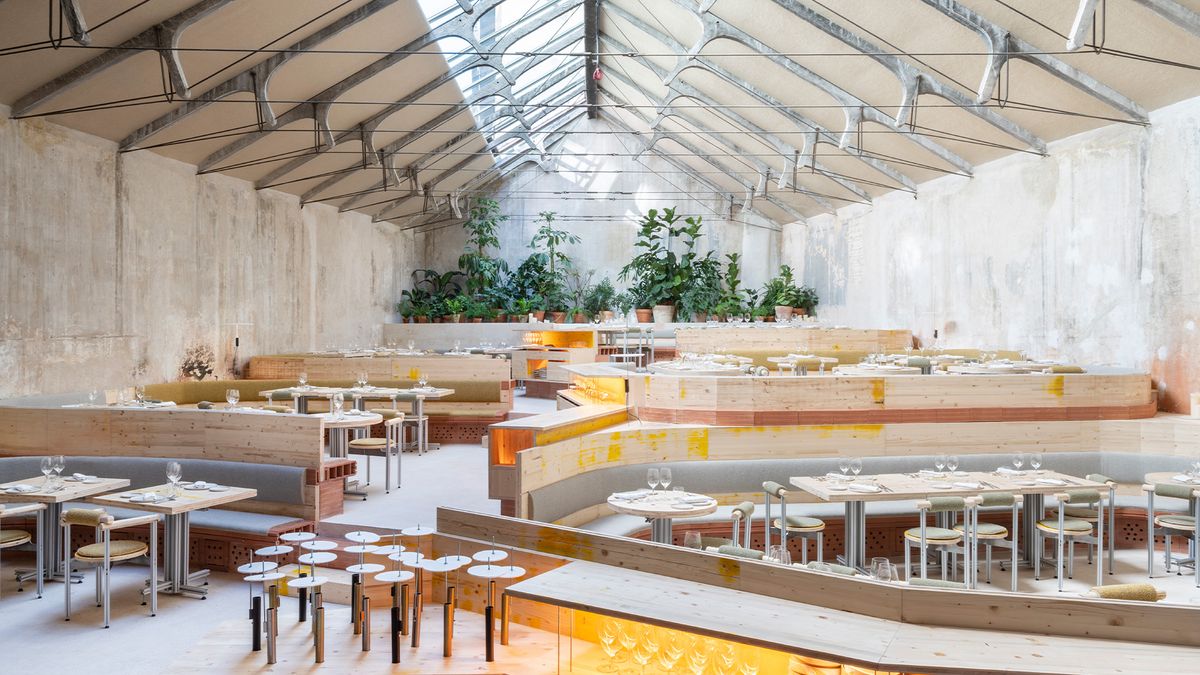Endless Falls
2017 - Sculpture (Sculpture)
Ali Cherri
As a discipline born at the same time as colonialism, archeology is struggling to rid itself of this sad context. It is simultaneously the science of the creation and the restoration of ruins. Ali Cherri is interested in auctions of archaeological objects and the desire they inspire in this context. Some, outside the museum, dated vaguely or from obscure sources, are as if they are declassed archeological objects. With his installation Fragments (2016), which combines artifacts and stuffed animals, the artist “rehabilitates” these objects by making them enter the museum without seeking to (re)historicize them, but rather by addressing another form of taxonomy, all commenting on the notion of a “universal museum” that the Louvre can claim. Continuing this work around the value of “found” objects; Ali Cherri began to intervene directly on artifacts, going against their integrity. He produced Endless Falls from a broken pre-Columbian pot, which he repaired with “foreign” elements, from a different provenance and history, creating a sort of mutant out of time. The brass staples emphasize this scarification, and recall that for some cultures the repair is an art, and that the value can be in the imperfection, following Japanese kintsugi . The artist recalls that restoration is an investment in the museum’s liberal system; he strategically chooses what object will be repaired, it will be the one that will attract the public, the one that will contribute to the valuation of the institution itself.
The work of Ali Cherri, currently based in Beirut and in Paris, travers the traces of war in Lebanon in the landscape and in the collective memory. Like other artists of his generation, and unlike Walid Raad’s established generation, Ali Cherri makes more metaphorical correspondences with this story, including linking political and geological catastrophes. He places the place of the landscape and the object in the writing of history, through films and installations. Ali Cherri has developed several works about archeology, exploring and showing how this field is at the heart of the construction of nation-states, notably when nationalist projects write their narrative relying on archaeological heritage. The artist through his practice emphasizes the instrumentalization of objects in different political, cultural and scientific discourses.
Colors:
Related works sharing similar palette
» see more

© » ARTS EQUATOR
Nghệ thuật Xin giấy phép Triển lãm ở Việt Nam | ArtsEquator Skip to content Tại một đất nước như Việt Nam, nơi có những yêu cầu không rõ ràng về việc trưng bày, Linh Lê nhấn mạnh rằng chỉ cần một thứ tưởng chừng đơn giản như xin giấy phép triển lãm có thể trở thành một cách kiểm duyệt biểu đạt nghệ thuật...

© » KADIST
Candice Lin
2015For the work Wigan Pit-Brow Women: Intersections with the Caribbean (mobile) , Candice Lin studied English Victorian Arthur Munby’s racialized and masculinized drawings of working-class white female miners...
Related artist(s) to: Ali Cherri » Walid Raad, » Akram Zaatari, » Haig Aivazian, » Jumana Manna, » Khalil Rabah, » Lawrence Abu Hamdan, » Marwa Arsanios, » Solange Farkas, » Wael Shawky, » Ahmad Ghossein
» see more

© » KADIST
Marwa Arsanios
2008Carlton Hotel project is the second part of a research on the Carlton, an iconic building of modernist architecture from the 1960s in Beirut...

© » KADIST
Jumana Manna
2015Blue Elbow (Coude bleu) is made from plaster, burlap, lacquer, pigments and plastics...

© » KADIST
Akram Zaatari
1950“While taking the picture it was challenging to make the boys sit properly without moving...

© » KADIST
Akram Zaatari
1960“When you position your hand on someone’s shoulder, your shoulders become straight and horizontal...
Related works found in the same semantic group
» see more

© » KADIST
Mariana Castillo Deball
Mariana Castillo Deball’s set of kill hole plates are part of a larger body of work problematizing archeological narratives, and drawing attention to the conservation process and its role in recreating an imagined object...

© » KADIST
Mandy El-Sayegh
2019Mandy El Sayegh grew up in a medicalized environment, surrounded by anatomy, biology and psychology publications; these books inspire the figures that appear throughout her work...




